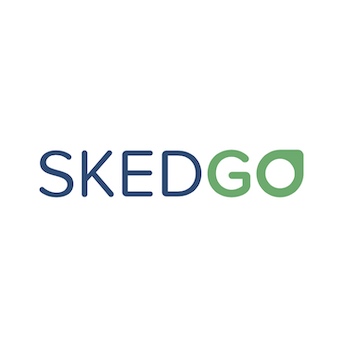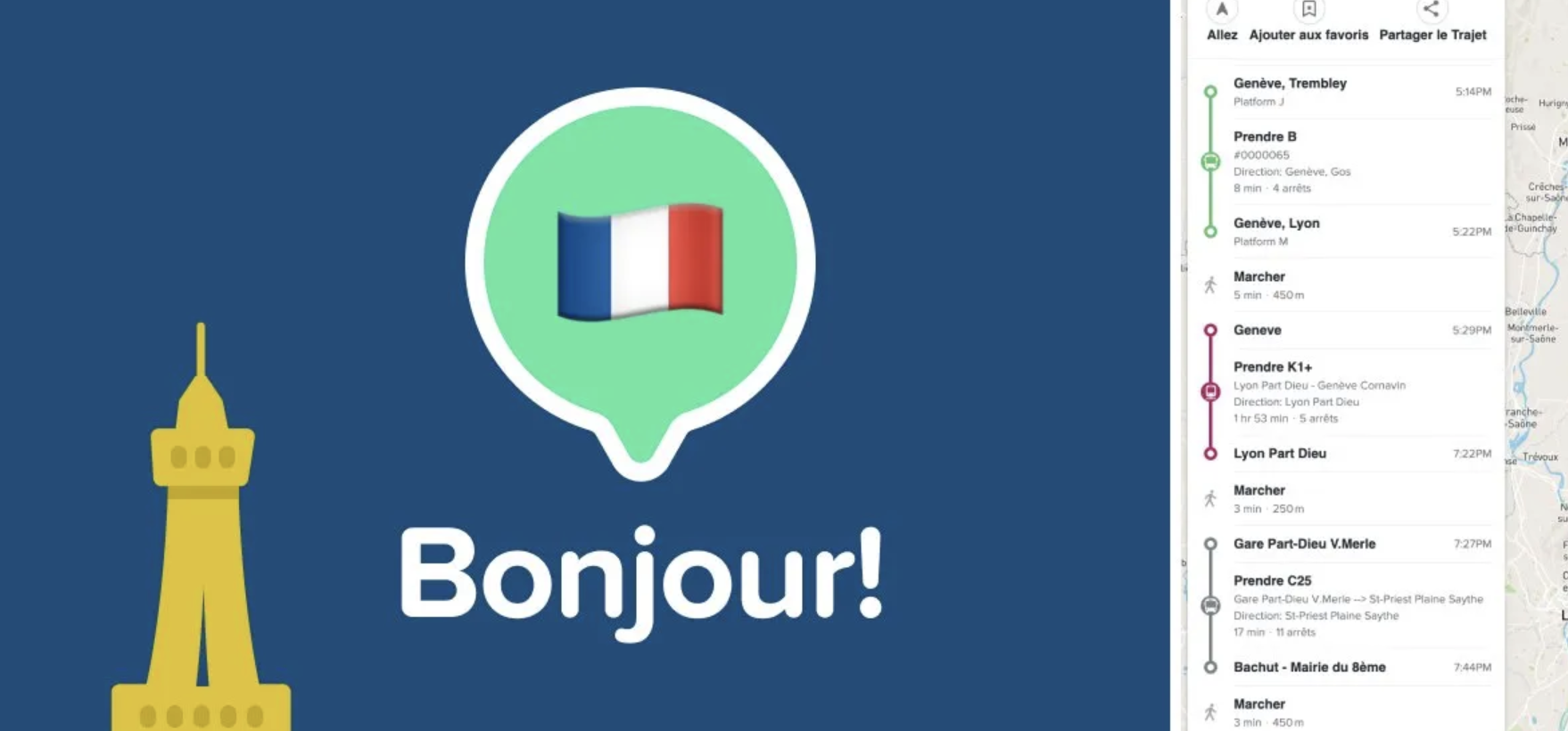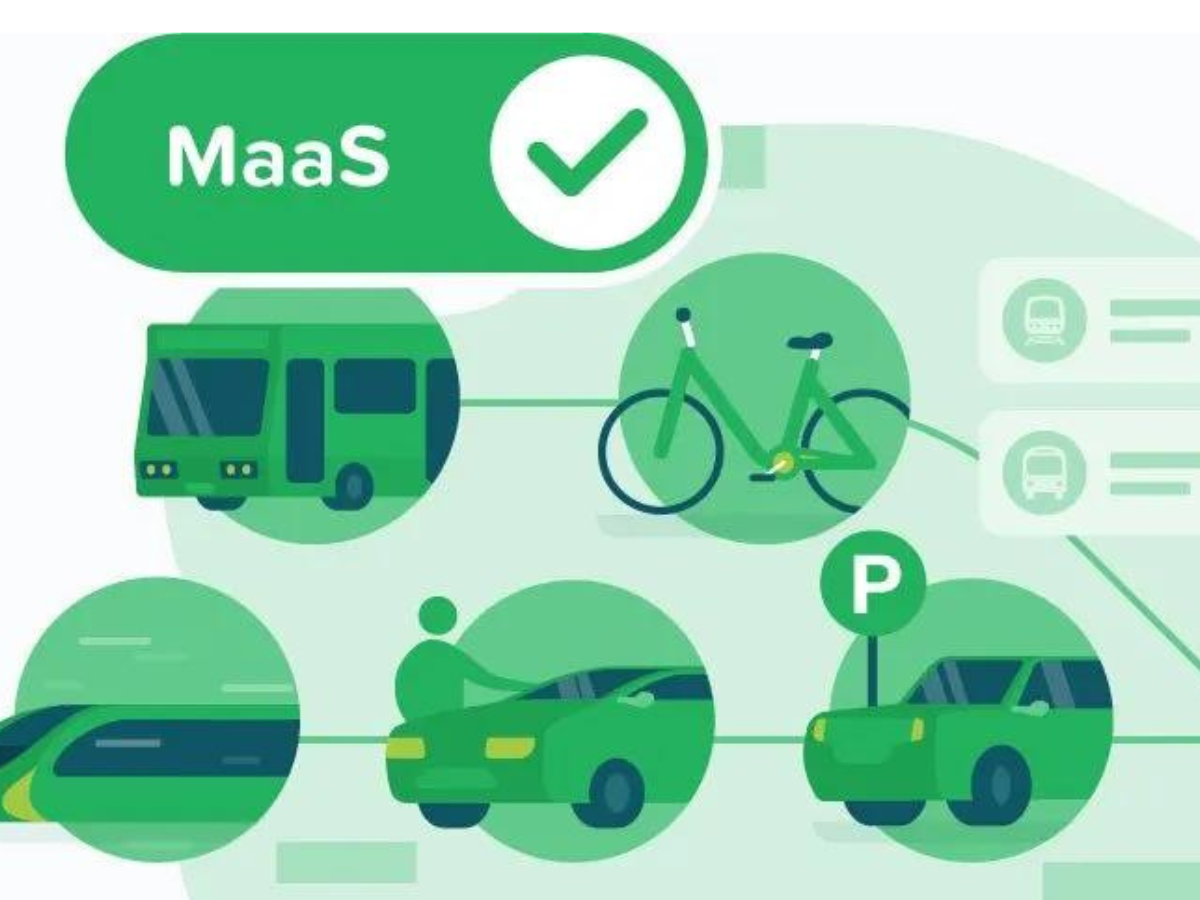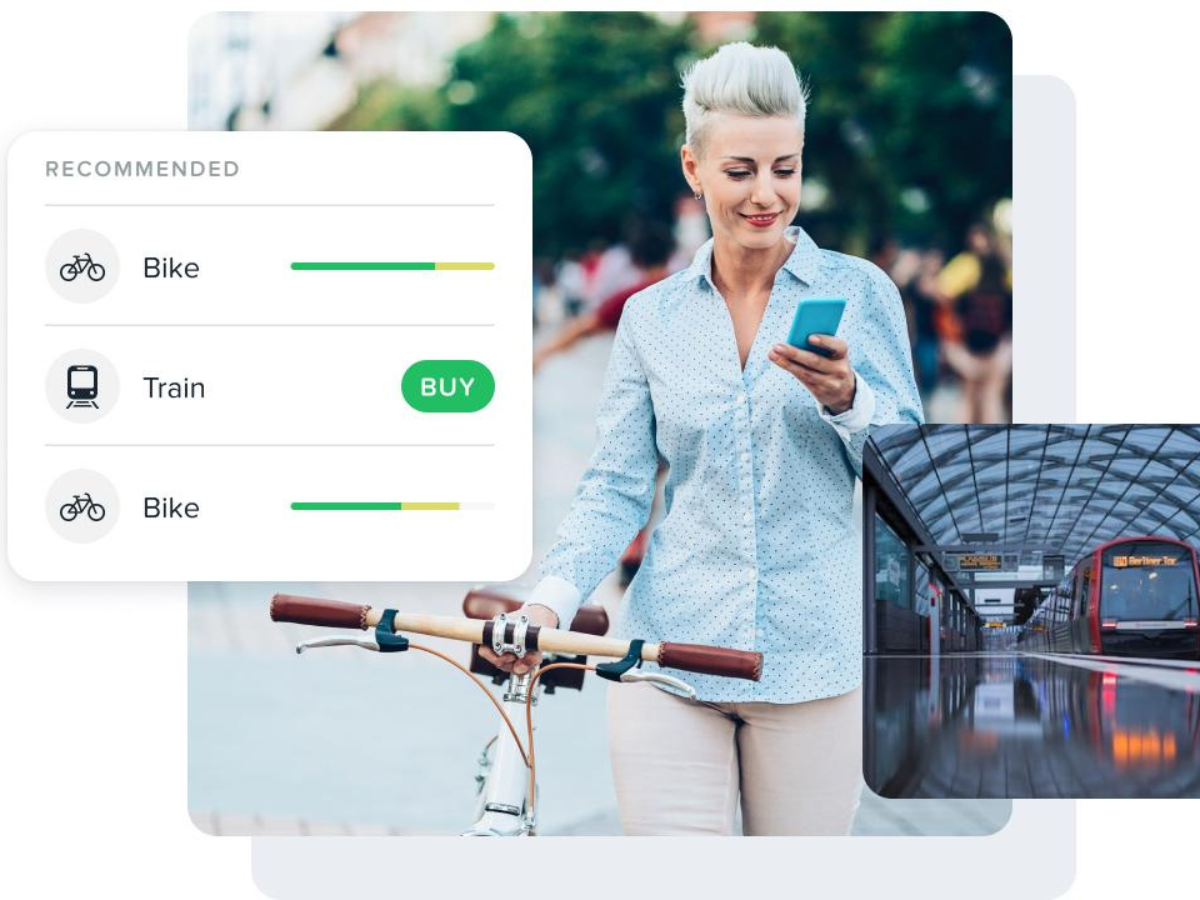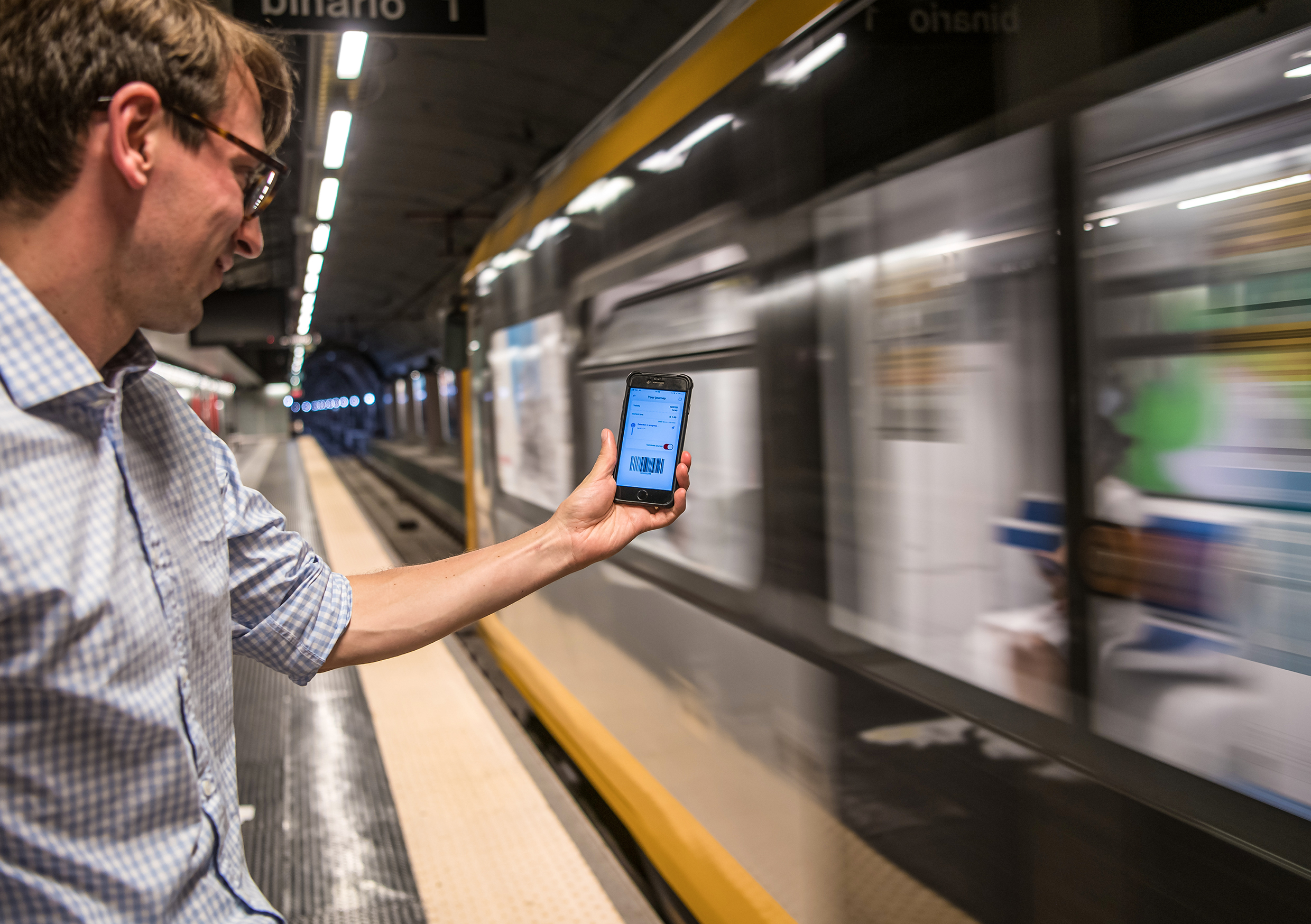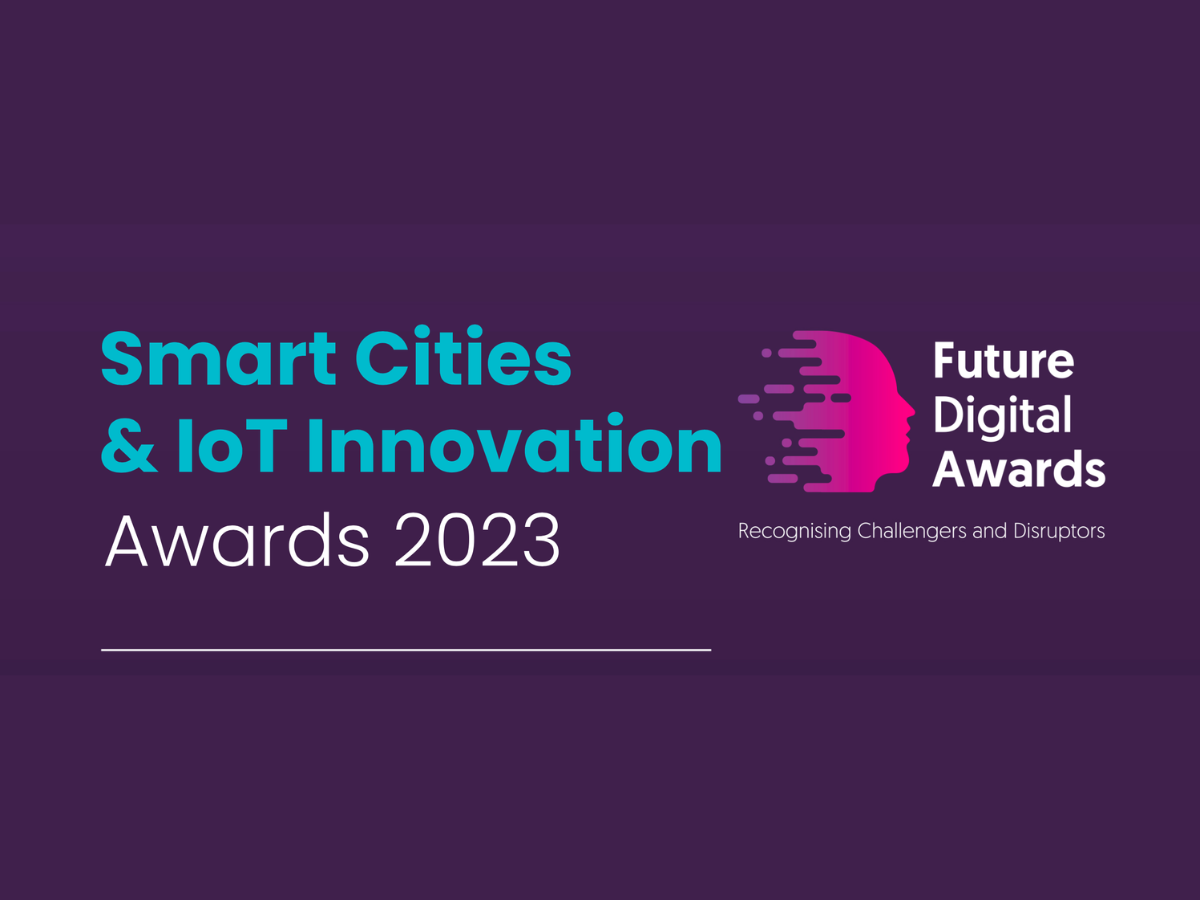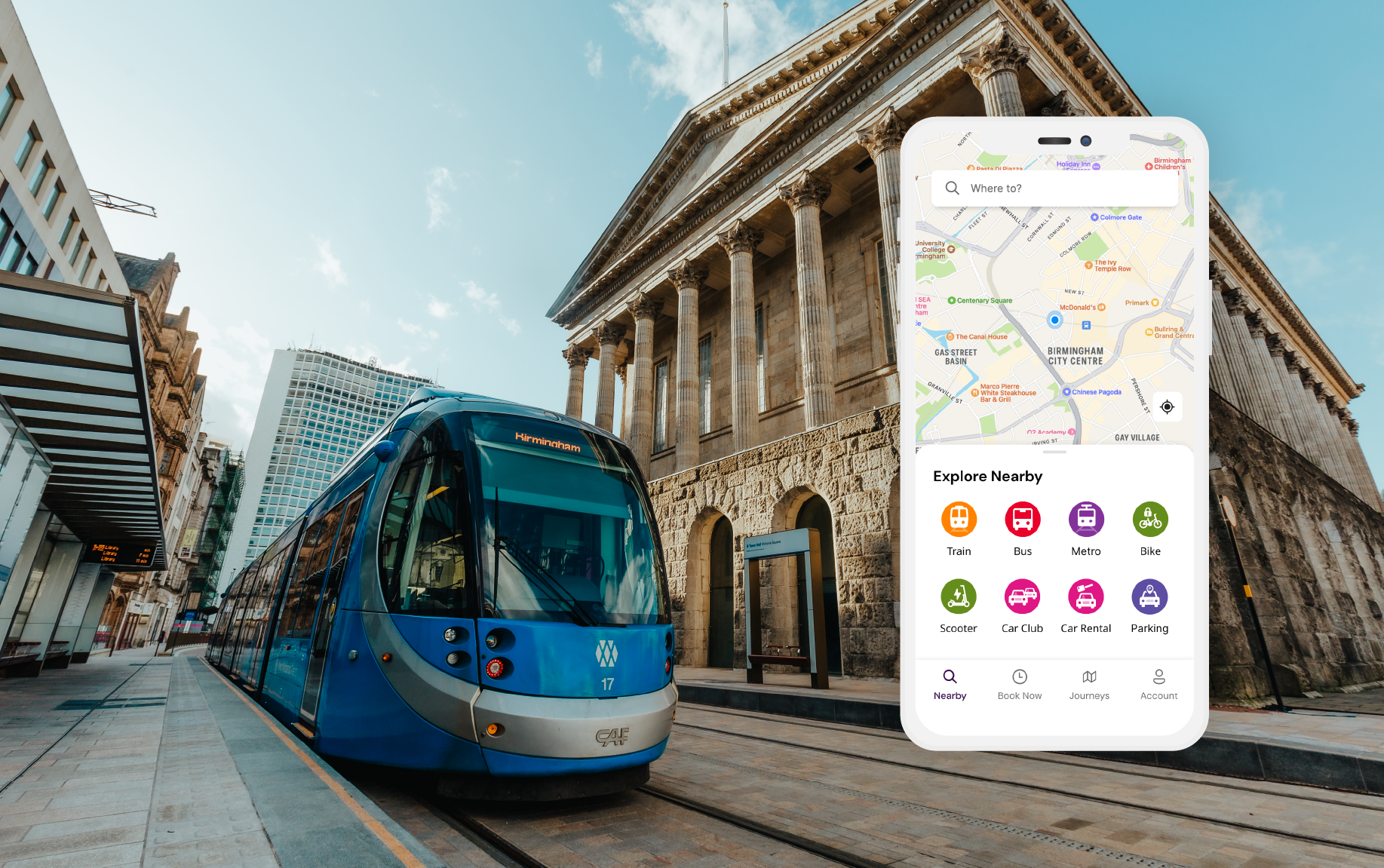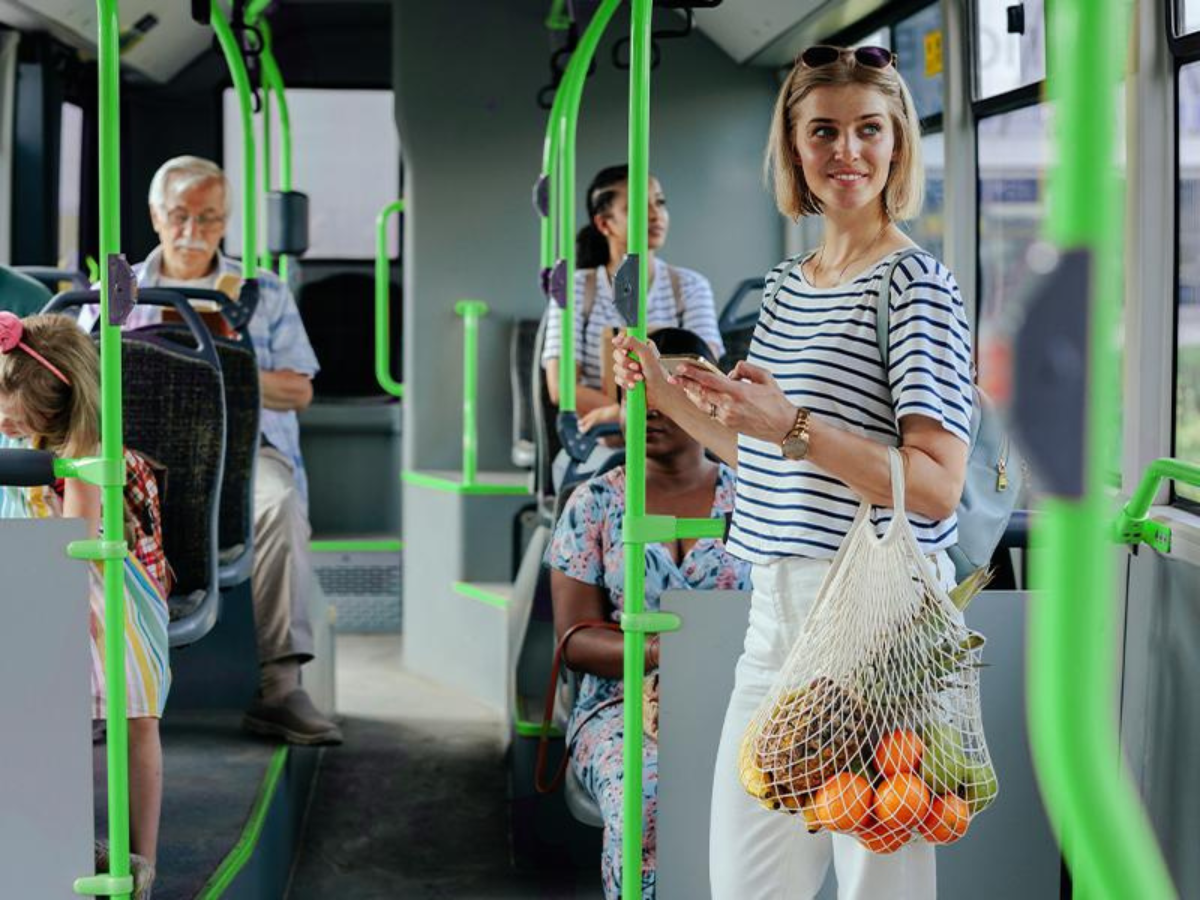The concept of digital twins has gained significant attention in recent times.
And with good reason. Growing populations, urban sprawl and environmental issues are among the factors making city life increasingly complex. By creating virtual replicas of these physical environments, and the processes and systems that underpin them, this technology could open up opportunities to optimise how cities manage their transport networks.

Real-time data, predictive analytics and simulation play a critical role, lending an extra layer of relevance that could also support innovations such as Mobility-as-a-Service (MaaS). This may benefit citizens, commuters and visitors to a region, as well as support the work of city planners and transportation operators too. In this article, we’ll explore the value of digital twins for urban mobility, some of the challenges faced, and a snapshot of their use in practice.
A Holistic View
Urban transportation is a highly complex and constantly evolving system, making it difficult to gauge the likely success and impact of a given project until after its implementation. Could digital twins help to change this? Certainly digital twins can provide a more comprehensive understanding and deeper insight into transport-related projects by simulating them in the virtual world. What will be the effect of that new modal initiative on traffic congestion? How accessible is it? Are there adequate infrastructure and resources to increase its success?
Digital twins could help to answer questions like these and more. Not only does this support the decision-making process – and the ability to pivot more easily – it also avoids the unnecessary time and cost of a project that clearly isn’t going to work in practice. In short, digital twins could help to understand the current state of play (i.e. what currently exists and is happening now), insights into the future, and how city planners, for instance, might respond to create desired outcomes.
Real-Time Data
Central to the simulation of cities and transportation systems is the need for real-time data and monitoring. This requires high-quality, accurate information from various sources such as traffic sensors, GPS devices and public transport schedules to name a few. Data from sources such as these can provide immediate feedback on traffic flow, congestion hotspots and public transport performance along with utilisation rates at different times of the day or week. With this insight, city planners and operators can identify bottlenecks, optimise routes, and make informed decisions to improve overall system efficiency.
Predictive Analytics
Digital twins could support the analysis of a multitude of variables that influence intricate transport systems. Such variables could include the effects of different mobility operators, transport users or environmental factors and what could happen in a diverse range of scenarios. Leveraging artificial intelligence and machine learning, cities could use digital twins to understand the likely outcomes and repercussions of decisions in order to address complex challenges – particularly where multiple factors are at play at any given moment.
The Challenge of Digital Twins
Of course, the use of such technologies is never quite as easy as it sounds. Research from the International Journal of Applied Earth Observation and Geoinformation points out that digital twin technology must better meet the needs of cities, which differ from manufacturing and industry on both the building and geographic level as well as the complexity of human factors. Technical interoperability, clear communication between stakeholders, and reliable data to test different scenarios (including disaster and social challenges), are just a few of the other very important facets that it highlights for consideration.
In addition, there are governmental, regulatory and legal challenges that may need to be addressed including data ownership, confidentiality and liability issues. All of these reflect the intricate nature that’s part of developing a digital twin for a city and its transport ecosystem. That being said, digital twins have an important role to play in improving city life so it’s important to work together to ensure problems are openly discussed to help make digital twin implementations more robust.
Digital Twins in Practice
The good news is that every new digital twin project provides an opportunity to see it work in practice. Both Singapore and Shanghai have created digital twins of their transport systems to support planning and gain advanced insight. Said to be the first digital twin of a country, Virtual Singapore’s detailed, real-time map can be used to analyse transport and pedestrian flow to avoid bottlenecks and keep traffic moving. In Shanghai, Yangpu Bridge’s digital twin acts as a “smart brain” system to monitor traffic and emergency situations so it can detect and resolve problems faster.
“Digital twins are emerging elsewhere too. Cities like Stuttgart in Germany have collaborated with Hexagon and Fujitsu to create an IoT platform that assists in monitoring water quality, flood levels, parking occupancy, and more. Tallinn, Seoul and Des Moines have also adopted digital twin technology, with analysts forecasting that more than 500 cities will follow suit by 2025, resulting in up to $280 billion in savings by 2030.”
Even mobility providers are getting in on the act. Beryl is investing in a digital twin to optimise its e-scooter business, simulating real-world behaviour to accurately predict the impact of initiatives and incentives on modal choices. This data-driven approach could open up new opportunities for growth with more companies adopting digital twin technology to maximise efficiency and improve outcomes.
Public Good
Digital twins provide cities with an interesting opportunity to tackle many of the challenges they face. On one level, a city can use its digital twin to simulate the impact of, for example, adding new bus routes or escooters, changing traffic signal timings, or implementing road pricing schemes. On another level, cities could introduce complete MaaS trials to more accurately simulate their potential efficacy prior to real-world launch.
This has the dual effect of minimising cost and disruptions as well as helping to optimise results and develop a deeper understanding of a project’s impact. Through the knowledge and learnings gained, this powerful technology could be employed for public advancement and environmental benefit too. This makes digital twins a vital tool for cities looking to create positive, lasting change.
This article was originally published by SkedGo.

